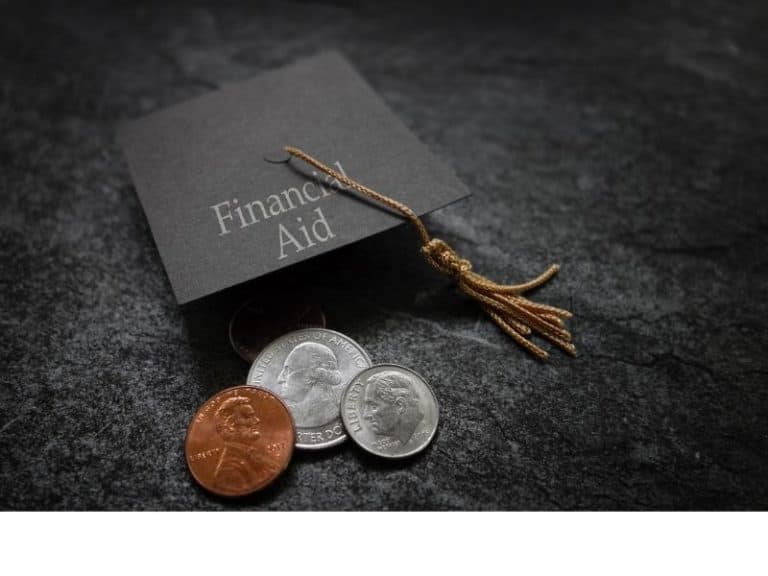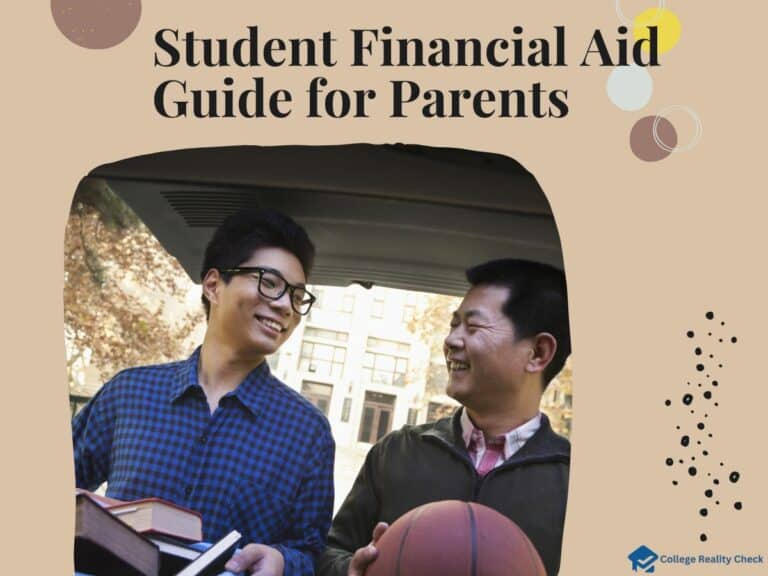What is the FAFSA?
Completing the Free Application for Federal Student Aid (FAFSA) form should be an important part of the college application process, experts in college admissions say.
The FAFSA is a form that students must fill out to get scholarships, grants and loans from the federal government, which is the largest source of financial aid for college.
Many colleges and universities also use the FAFSA for awarding institutional aid.
More than 13 million students fill out the FAFSA every year, receiving over $120 billion in grants, loans and work-study from the US Department of Education.
On the other hand, not all colleges and universities participate in federal student aid programs.
So, in other words, students who attend them are not eligible to receive financial aid from the federal government.
However, it doesn’t mean that students are not eligible for aid as some of the non-participating schools may offer institutional aid.
When applying to a college, check that it’s accredited by an accreditor the US Department of Education recognizes.
It’s important for a couple of reasons.
First, it’s to ensure that the degree you will earn will be recognized by graduate schools and employers.
Second, it’s to confirm that you will be eligible for federal financial aid.
Should All Students Fill Out the FAFSA?
Contrary to popular belief, students from low-income backgrounds are not the only ones eligible for aid.
That’s because not all scholarships are need-based, which are awarded to students whose families cannot pay the full sticker price — some scholarships are merit-based.
Simply put, merit-based scholarships are financial aid awards that are given by postsecondary institutions and many private scholarship providers based on a student’s academic excellence, talent or extracurricular participation.
Whether or not you think you are eligible to receive federal aid, you should consider filling out the FAFSA form.
Estimates say that more than one million students who would have been eligible for the Pell Grant did not complete and submit the FAFSA for thinking it’s a complete waste of time and/or they were not qualifiers.
Filling Out the FAFSA Before Picking a College to Attend
Yes, you should still complete the FAFSA even if you have yet to decide which college you will attend.
The updated FAFSA, as a matter of fact, allows up to 20 colleges and universities.
Completing Both CSS Profile and FAFSA
After filling out the FAFSA, you should also complete the CSS Profile if the institution you wish to attend instructs its students to do so.
The CSS Profile is used by participating colleges and universities in determining a student’s eligibility for non-federal aid — you could be eligible for both federal and institutional aid at the same time.
Deadlines
The best time to file the FAFSA form is no sooner than when it becomes available every October 1 of the year.
Even though the FAFSA can be submitted until June 30 of the following year, it’s a good idea for students to fill out the form as soon as they possibly can because most federal aid types can run out.
Before anything else, let’s get one thing straight: the FAFSA deadline can vary.
While it’s true that the federal deadline is, as mentioned earlier, June 30, states and postsecondary institutions that also use the FAFSA in determining whether or not a student is eligible for aid have different deadlines, usually earlier.
The following are the different FAFSA submission deadlines:
- College deadline: The earliest deadline comes from colleges and universities that use the information on the FAFSA in awarding institutional aid, usually before the academic year begins.
- State deadline: The second deadline is set by the student’s home state, and deadlines can vary from state to state — it’s not uncommon for some states to set priority deadlines for priority consideration for aid.
- Federal deadline: The last FAFSA deadline is set by the US Department of Education itself, which is the agency behind the FAFSA — after June 30, the FAFSA form becomes unavailable online.
Note: For the 2024 to 2025 academic year, the redesigned FAFSA form becomes available in December.
Pros and Cons of the FAFSA
In this part of the post, we’ll take a look at the advantages and disadvantages of completing the FAFSA so that you can have a much better idea of the perks to enjoy for filling it out as well as the not-so-good things about it.
Pros
Free to Complete and Submit
Some colleges and universities use the CSS Profile by the College Board when awarding non-federal financial aid. Filling out the CSS Profile and submitting it to one school costs $25 — subsequent submissions to other schools cost $16 each.
On the other hand, you can complete the FAFSA form and submit it, too, to multiple schools without shelling out any money. The updated FAFSA, by the way, now allows you to add up to 20 colleges instead of the usual 10.
Access to Federal Aid
Filing the FAFSA form allows you to determine which financial aid types you are eligible to receive — grants, loans and work-study programs. You can be eligible for all federal aid types, but you can choose which one/s you will go for.
Just remember: a grant is something that you do not have to repay, a loan is something that you will have to repay and a federal work-study is something that allows you to earn money by having an on- or off-campus job.
Access to Institutional Aid
Many colleges and universities in the US also use the information on the FAFSA to determine which students are eligible for institutional scholarships and grants and how much they should get.
So, if the institution of your choosing does not tell you to create a CSS Profile, which some schools use in awarding aid money from their own funds, remember to fill out the FAFSA for federal and institutional aid eligibility purposes.
Cons
Time-Consuming to Complete
It can take a while to complete the FAFSA form — most students should devote nearly one hour to answer each and every question, and about half an hour to renew the application every academic year.
On the other hand, CSS Profile is even longer and more intrusive.
Not Everyone is Eligible for Subsidized Loans
Unlike grants, federal loans are college money that students have to repay with interest. One type is the unsubsidized loan, which is not based on financial need and interest is charged during in-school, deferment and grace periods.
A subsidized loan is a need-based federal loan that does not accrue interest while the student is in school or enrolled at least half-time — the federal government takes care of interest during such a period of time.
Most Federal Aid Types Can Run Out
Submitting the FAFSA ASAP allows you to qualify for more federal grants — as a matter of fact, students who file the FAFSA form between October and December, on average, get two more times as many grants.
Both federal scholarships and grants can run out given that they are first come, first served. The only aid from the federal government that will not dry up are loans, which students, of course, have to repay with interest.
Disclaimer: The views and opinions expressed in this article are those of the authors and do not necessarily represent those of the College Reality Check.





